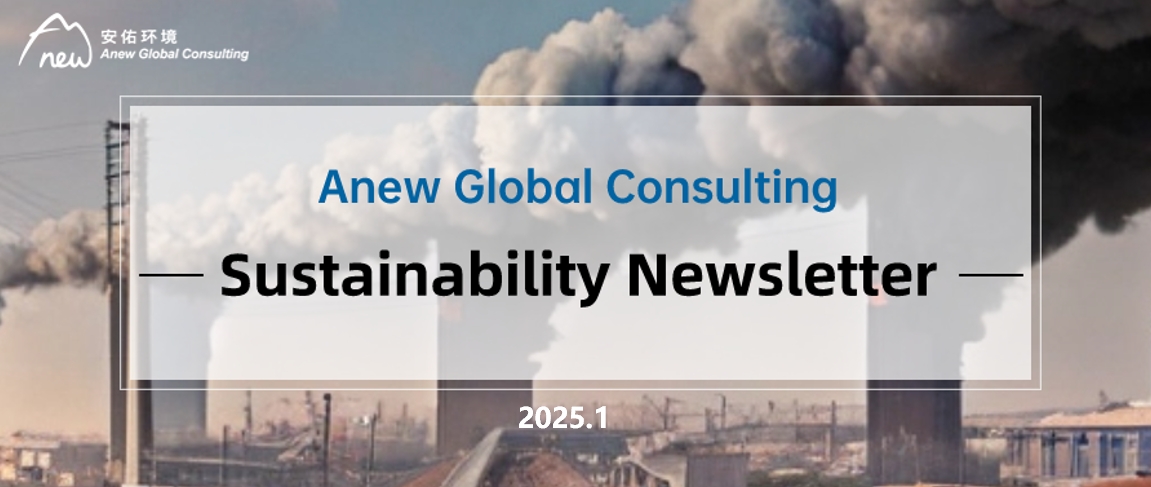Carbon Emission Newsletter -January,2025

No.1

Nine central government departments issue the “Corporate Sustainability Disclosure Standards – Basic standards (Trial)”
Nine central government departments have collaboratively released the Corporate Sustainability Disclosure Standards—Basic Standards (Trial) to clarify the fundamental concepts, principles, methods, and objectives of corporate sustainability reporting. China’s unified sustainability disclosure framework consists of basic standards, specific standards, and application guidelines. The country aims to introduce the basic standards and climate-related disclosure standards, along with corresponding application guidelines, by 2027. The goal is to establish a nationwide system by 2030. Until the implementation scope and requirements are finalized, enterprises are encouraged to voluntarily adopt these standards. The Basic Standards integrate the four key pillars of the TCFD recommendations: Governance, Strategy, Risk Management, and Metrics and Targets.
No.2

Two new national standards regarding recycled plastics have been released
No.3
CFIE releases the 2024 “Front-Runner” Enterprises for China Industrial Carbon Peaking 
CFIE releases the 2024 “Front-Runner” Enterprises for China Industrial Carbon Peaking
No.4

CMA releases “China Greenhouse Gas Bulletin (2023) ”
The 2023 China Greenhouse Gas Bulletin, published by the China Meteorological Administration on December 5, indicated that China's annual increase in atmospheric CO₂ concentrations in 2023 was slightly below the average growth rate of the past decade. This increase was roughly in line with the global CO₂ concentration growth during the same period. The bulletin also revealed that the average atmospheric concentrations of methane and nitrous oxide—two other major greenhouse gases—rose by 8 and 0.8 parts per billion, respectively, from 2022 to 2023. These increments were lower than the global averages for the same timeframe.
No.5

On December 5, the China Clean Air Policy Partnership (CCAPP) convened its 2024 Annual Meeting in Beijing, where it launched the report titled “A Synergistic Roadmap for Carbon Neutrality and Clean Air in China (2024).” Focused on the theme of “Reducing pollution and carbon emissions to foster green economic development,” the report enhances the monitoring index system for the integrated control of air and climate pollutants. It examines the challenges China faces in achieving synergy between carbon neutrality and clean air, and offers targeted solutions by tracking progress across various indicators, comparing domestic and international trends, and incorporating local contexts.
-END-